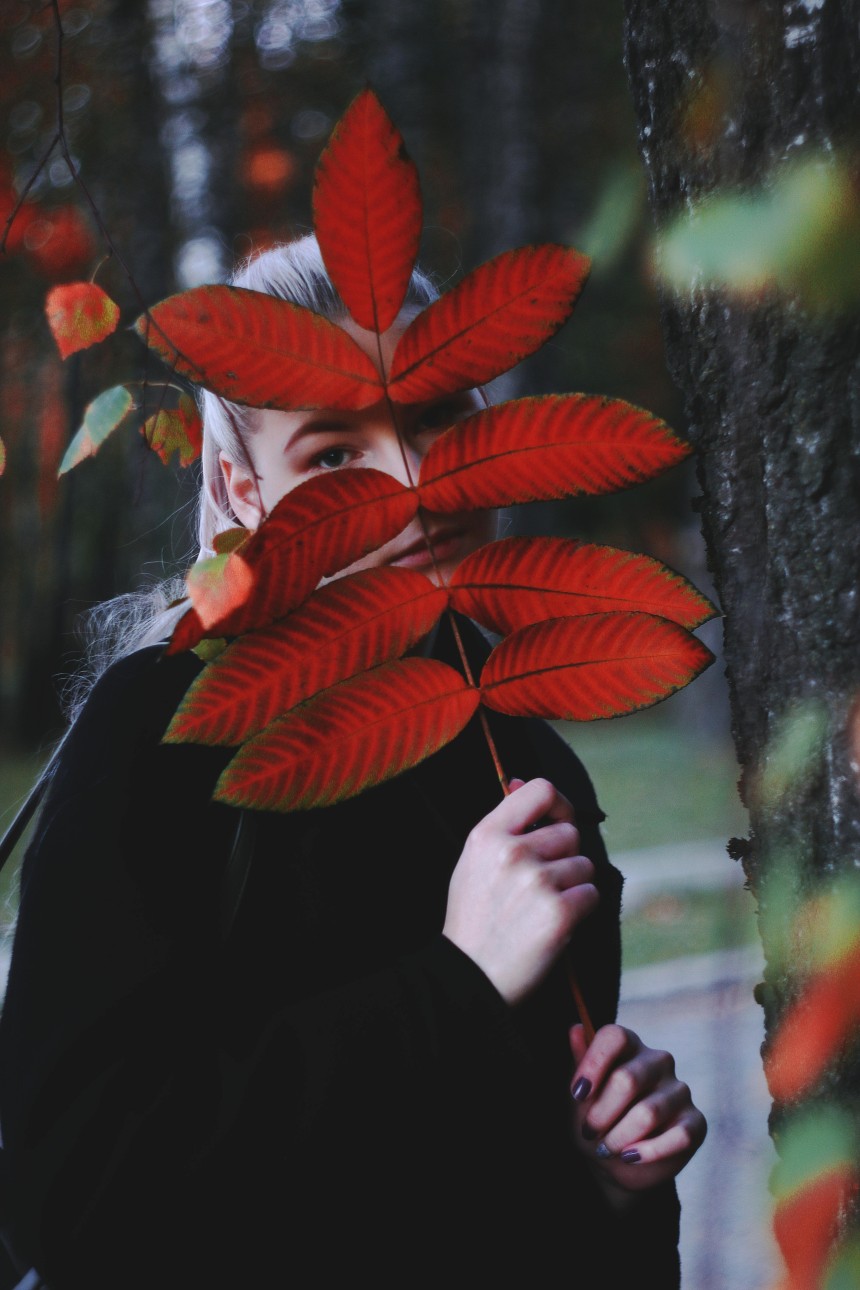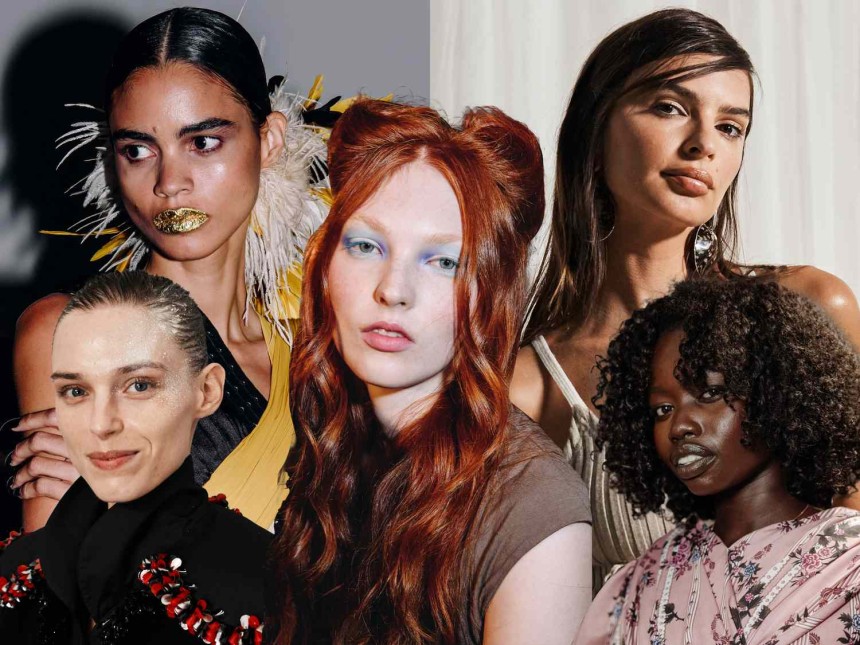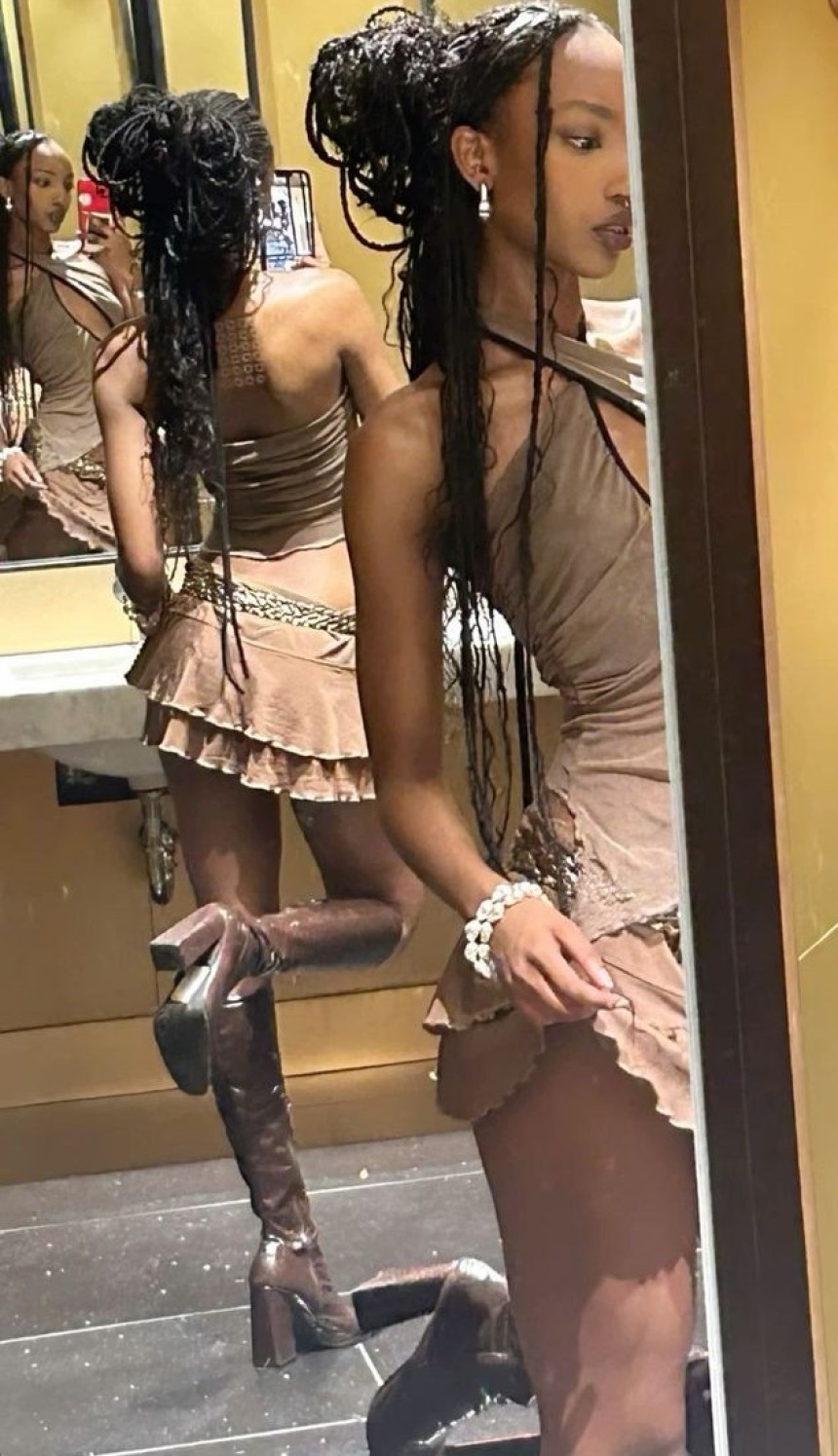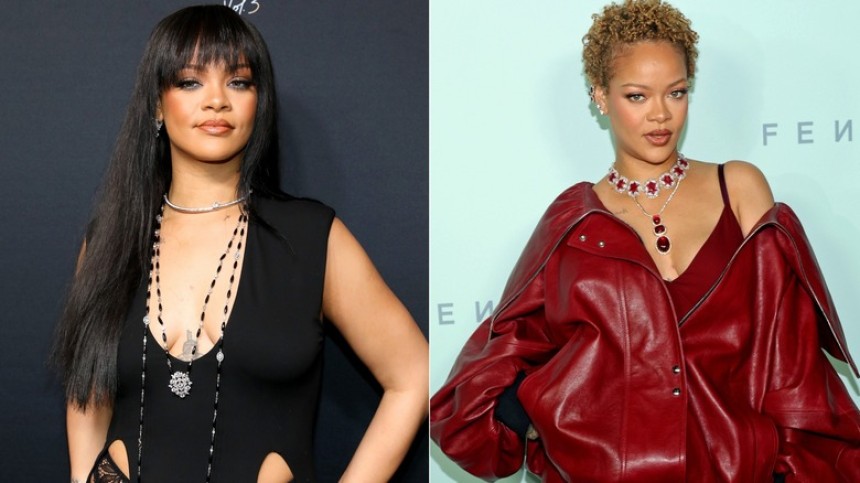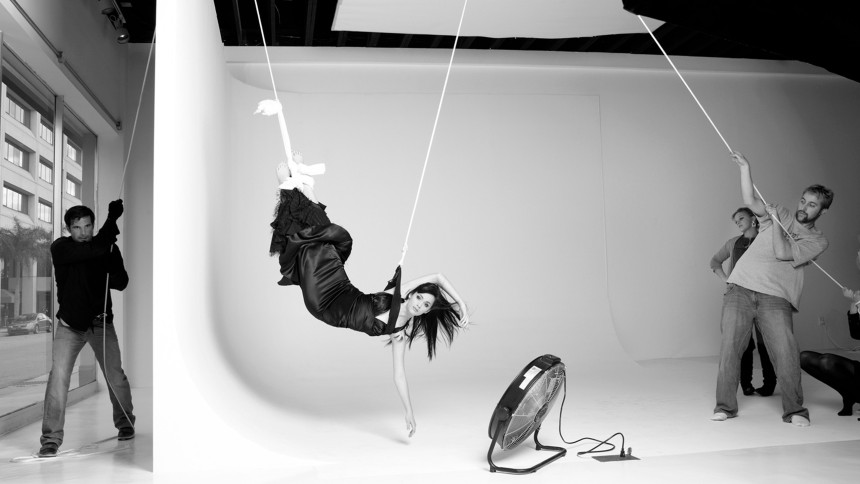
Behind-the-Scenes of Iconic Editorial Shoots
Editorial photo shoots are more than just glamorous spreads in high-end magazines. They’re a fascinating blend of creativity, strategy, and sheer hard work. But what goes on behind the camera to create those breathtaking visuals? Let’s dive behind the scenes and uncover the magic that turns an idea into an iconic editorial masterpiece.
1. The Creative Spark: Concept Development
Every editorial shoot starts with a concept. This is where the magic begins. Creative directors, photographers, and stylists brainstorm ideas, often drawing inspiration from art, culture, fashion trends, or even social movements.
For instance, the theme might be “Modern Renaissance”, blending contemporary designs with classical art aesthetics. Mood boards filled with imagery, fabric swatches, and color palettes serve as the guiding vision.
2. Location Scouting: Setting the Stage
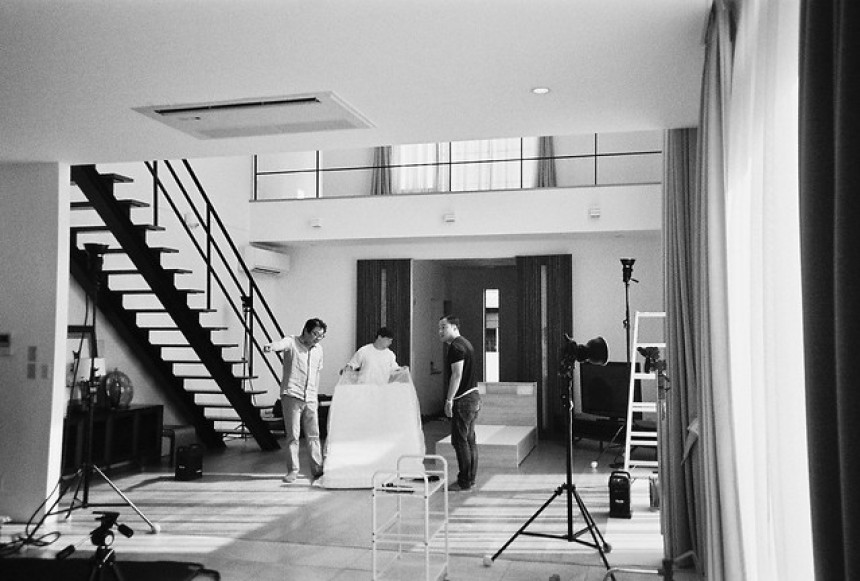
The location can make or break a shoot. Whether it’s a sunlit beach, a bustling urban backdrop, or a custom-built studio set, every location is carefully chosen to align with the theme.
Iconic shoots often involve exotic locales. Remember Beyoncé’s British Vogue cover shot at a historic manor? Logistics here are critical — permits, lighting challenges, and weather conditions must all be considered.
3. Fashion Styling: The Wardrobe Wizardry
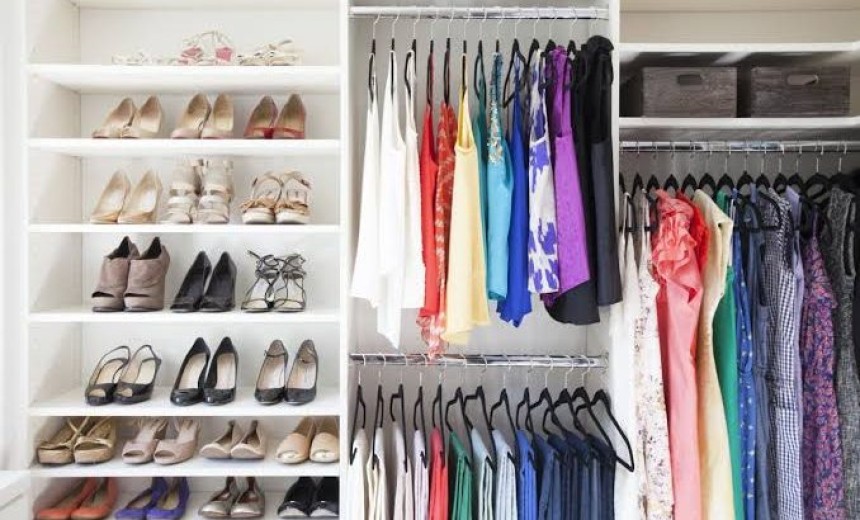
Fashion is at the heart of editorial shoots. Stylists collaborate with designers and brands to source outfits that elevate the theme. From haute couture gowns to avant-garde streetwear, every piece is meticulously curated.
Behind the scenes, you’ll see racks of clothing, endless accessories, and stylists making last-minute adjustments. Garments might need to be pinned, steamed, or layered for that perfect shot.
4. The Beauty of Hair and Makeup
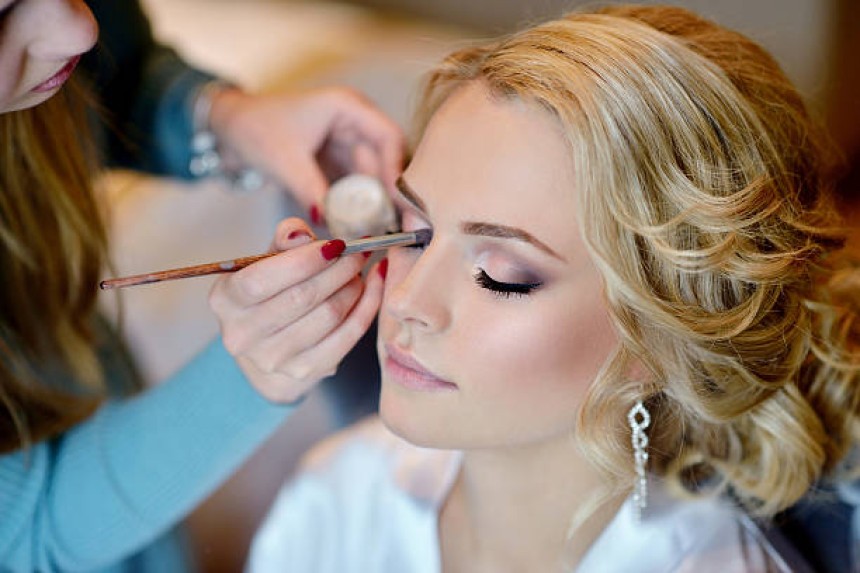
The makeup and hair styling team work to ensure models embody the shoot’s narrative. This process can take hours, especially for high-concept looks.
For example, a “Futuristic Glam” shoot may require metallic eyeshadows, bold contours, and gravity-defying hairstyles. Every detail, down to the model’s nail polish, is designed to match the shoot’s theme.
5. Lighting and Photography: Capturing the Vision
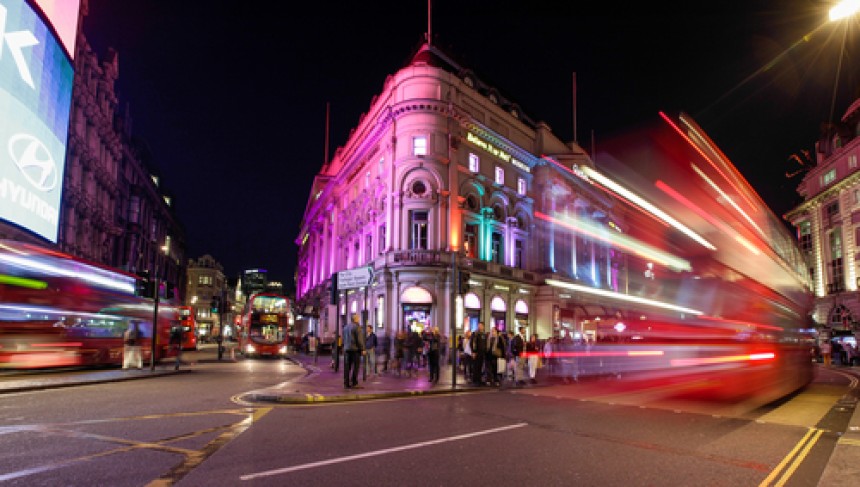
Lighting is the unsung hero of editorial shoots. Photographers experiment with various setups to create the desired mood—soft and romantic, sharp and dramatic, or surreal and dreamlike.
Expect to see an array of equipment, from reflectors to custom-built rigs, in action. The photographer’s vision combined with innovative lighting techniques transforms the scene into a visual masterpiece.
6. Model Direction and Posing
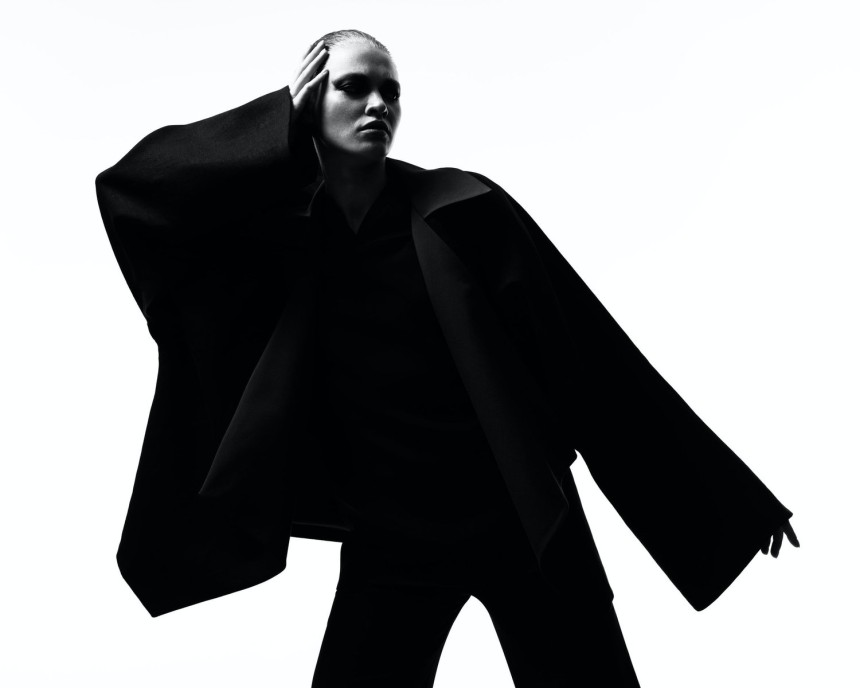
Models are the stars, but their roles go beyond just looking good. Directors and photographers guide them to evoke emotions that resonate with the theme.
For a high-energy shoot, models may leap or twirl for hours to capture the perfect motion shot. Conversely, for a serene concept, subtle gestures and soft expressions are key.
7. Post-Shoot: Editing and Retouching

The shoot doesn’t end when the camera stops clicking. The post-production phase involves meticulous editing. High-resolution images are refined to enhance colors, adjust lighting, and remove imperfections.
Iconic editorial shoots often undergo creative edits to amplify the surrealism or narrative. Photoshop, Lightroom, and other tools play a pivotal role in achieving that flawless, magazine-worthy finish.
8. The Challenges and Chaos Behind the Glamour
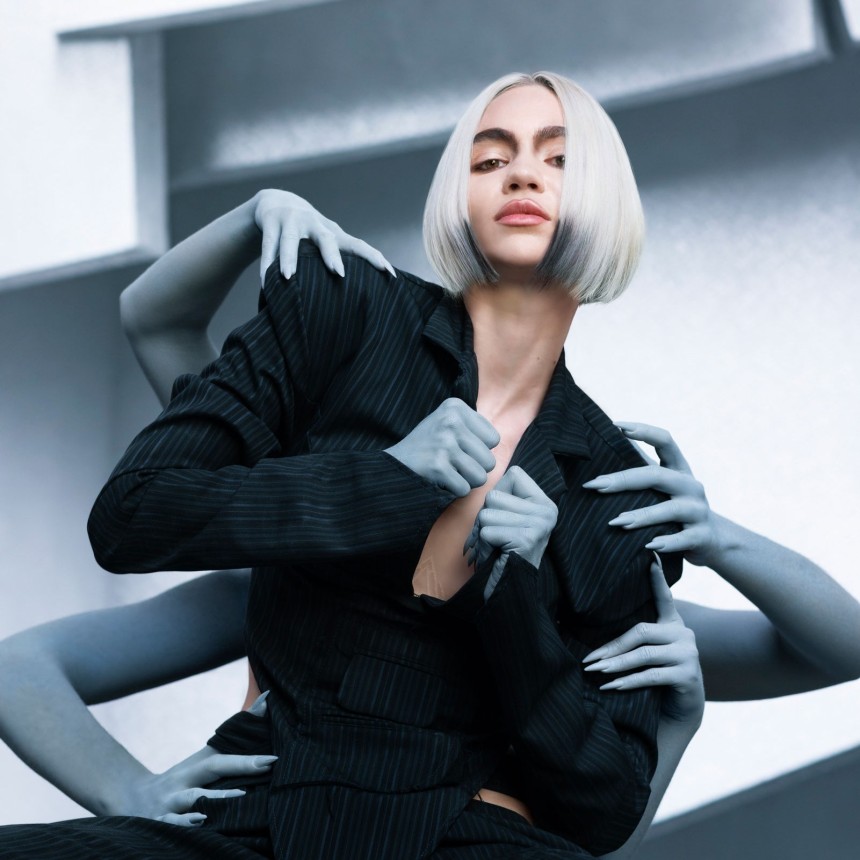
What you don’t see in the final spread are the challenges—wardrobe malfunctions, unpredictable weather, or tech glitches. It’s common for teams to work 12+ hour days under tight deadlines. Yet, the camaraderie and passion keep everyone going.
9. The Final Reveal: Bringing the Vision to Life
Once the images are polished, they are strategically placed in magazines, online platforms, or promotional campaigns. The result? A visual story that captivates audiences and leaves an indelible mark on fashion history.
Why Behind-the-Scenes Stories Matter
Audiences are increasingly curious about what goes into their favorite editorials. Sharing behind-the-scenes content builds transparency and trust, while also humanizing the creative process.
Final Thoughts
Behind every iconic editorial shoot is a symphony of artists, each bringing their unique expertise to the table. From ideation to the final reveal, the process is a testament to the power of collaboration and creativity.

